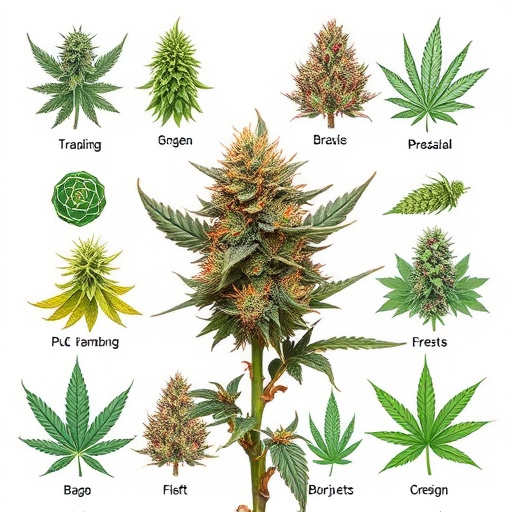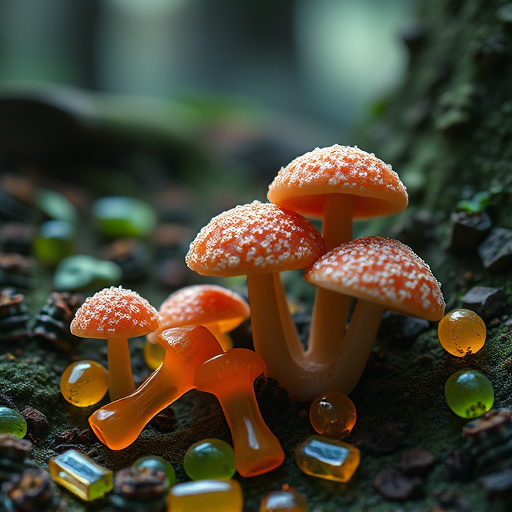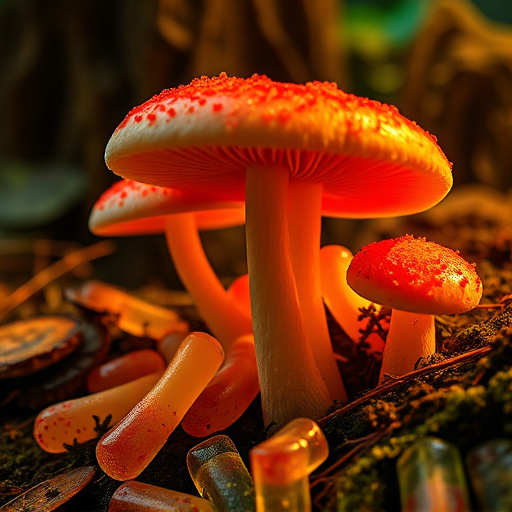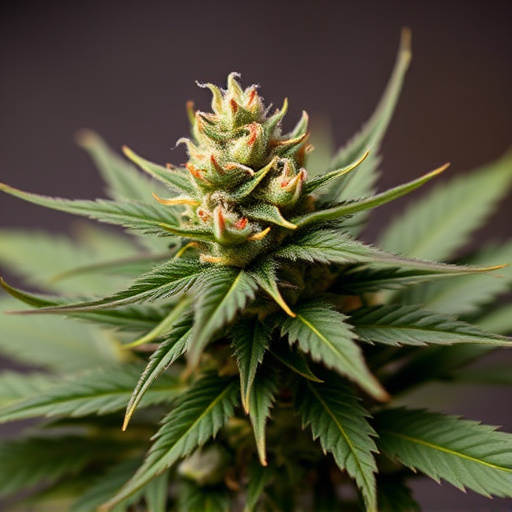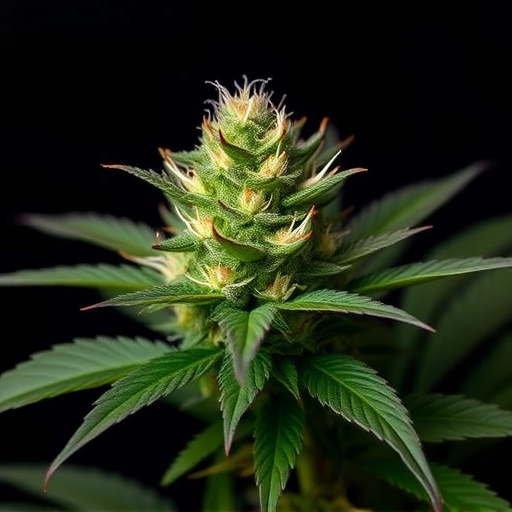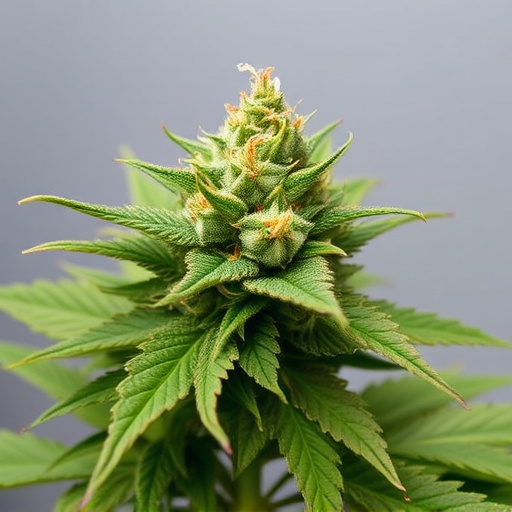The unique flavors of cannabis strains are driven by their complex genetic makeup, influenced both naturally and through human breeding. Human breeders exploit these genetic variations to create a diverse range of best tasting cannabis strains by optimizing environmental conditions to express specific terpenes and cannabinoids. Temperature is crucial for terpene synthesis during growth and for preserving flavor profiles through proper curing and storage. Terpenes, nature's secret ingredients, offer a wide range of flavors, with each contributing uniquely to the taste and aroma of cannabis. Cultivators can breed strains with desired terpene compositions by controlling growing conditions.
Discover the fascinating interplay between genetics and temperature in shaping the appearance and, crucially, the taste of cannabis. This article explores how nature’s intricate design influences one of the world’s most sought-after substances. From the genetic code that determines diverse strains to the role of temperature in harvesting and flavor curation, every step contributes to crafting the best tasting cannabis strains. Uncover the secrets behind the sensory experiences that have made cannabis a global phenomenon.
- The Genetic Code of Cannabis: Unlocking the Secrets of Best Tasting Strains
- Temperature's Role: From Harvest to Curating Flavor Profiles
- Understanding Terpene Production: Nature's Secret Ingredient in Cannabis Taste
The Genetic Code of Cannabis: Unlocking the Secrets of Best Tasting Strains
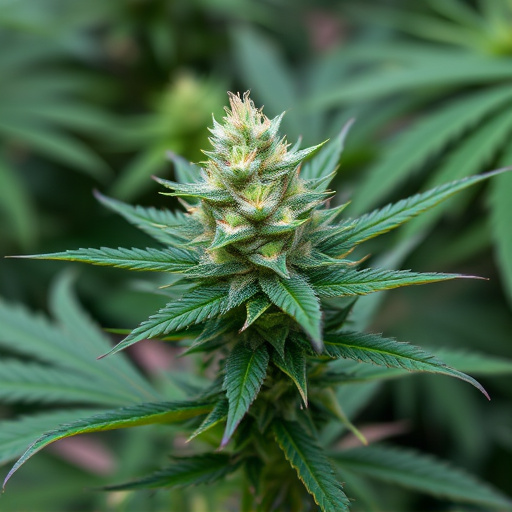
The genetic code of cannabis plants holds the key to unlocking some of the most delectable and sought-after best tasting cannabis strains. Each strain’s unique flavor profile is determined by a complex interplay of genetic traits, which can be influenced by both natural selection and human breeding practices. By understanding these genetics, cultivators can meticulously craft environments that optimize the expression of specific terpenes and cannabinoids, ultimately resulting in exceptional taste experiences.
Varieties of cannabis plants possess distinct genetic variations, much like siblings in a family, each with its own set of characteristics. These genetic differences contribute to variations in appearance, aroma, and flavor. For instance, some strains may naturally accumulate higher levels of myrcene, a terpene known for its earthy, musky notes, while others might showcase more limony or fruity profiles due to different genetic predispositions. Human breeders have capitalized on these genetic variances, carefully selecting and crossing plants to amplify desirable traits, thereby creating an array of best tasting cannabis strains that cater to diverse palates.
Temperature's Role: From Harvest to Curating Flavor Profiles
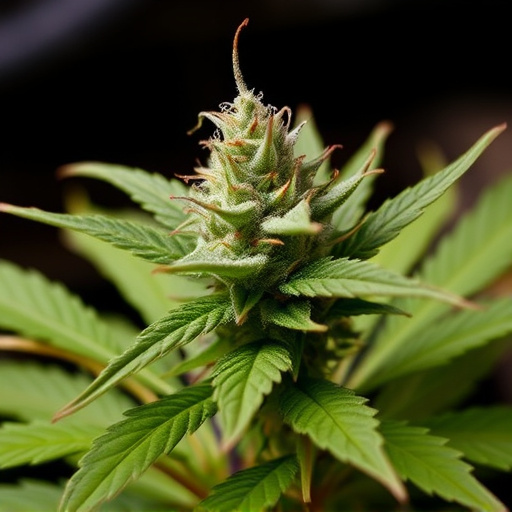
Temperature plays a pivotal role in the journey of cannabis from harvest to the final product, significantly impacting its flavor profiles and overall quality. During the growth phase, optimal temperatures facilitate efficient terpene synthesis, which are aromatic compounds that contribute to the distinct tastes and aromas associated with different cannabis strains, thus influencing the best tasting cannabis strains. These terpenes are sensitive to heat, and improper curing or storage at incorrect temperatures can lead to their degradation, altering the strain’s flavor profile.
As cannabis matures, controlled temperature environments during curing and aging processes are crucial. Slow, steady temperature changes allow for the gradual release of moisture, ensuring a consistent and optimal humidity level. This meticulous process enhances the concentration and complexity of terpenes, creating a harmonious blend that contributes to the desirability of certain cannabis strains among consumers seeking the best tasting cannabis experiences.
Understanding Terpene Production: Nature's Secret Ingredient in Cannabis Taste
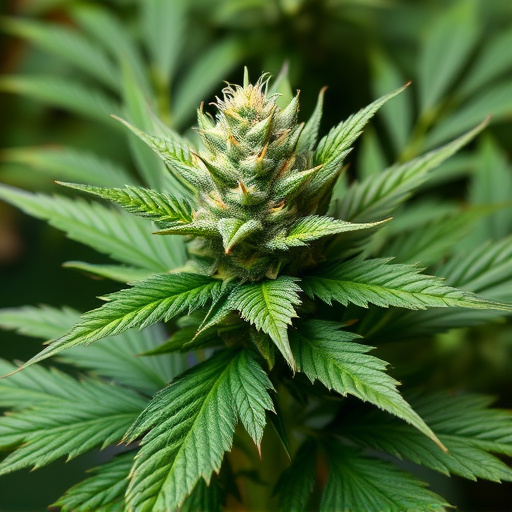
Terpenes, often referred to as nature’s secret ingredient, play a pivotal role in shaping the taste and aroma of cannabis strains, making them an essential consideration when seeking the best tasting cannabis. These aromatic compounds are produced by cannabis plants as secondary metabolites, alongside cannabinoids. Each terpene contributes to the unique flavor profile of different strains, offering a diverse range of tastes from sweet and fruity to earthy and spicy. For example, myrcene is commonly known for its earthy and musky notes, while limonene provides a refreshing citrusy aroma.
The interplay between genetics and temperature further complicates terpene production. Different cannabis strains possess distinct terpene compositions, and certain terpenes are more abundant under specific temperature conditions. As such, controlling the growing environment, including temperature and light exposure, can significantly influence the terpene levels in mature plants. This knowledge allows cultivators to breed and grow strains that deliver the desired taste experiences sought after by connoisseurs of best tasting cannabis strains.
In understanding the intricate relationship between genetics, temperature, and terpene production, we gain valuable insights into cultivating the best tasting cannabis strains. By deciphering the genetic code of cannabis and optimizing environmental conditions during harvest, cultivators can enhance flavor profiles, offering consumers a diverse and delightful range of experiences. These scientific explorations not only deepen our appreciation for this remarkable plant but also pave the way for innovative techniques that elevate the overall cannabis experience.

